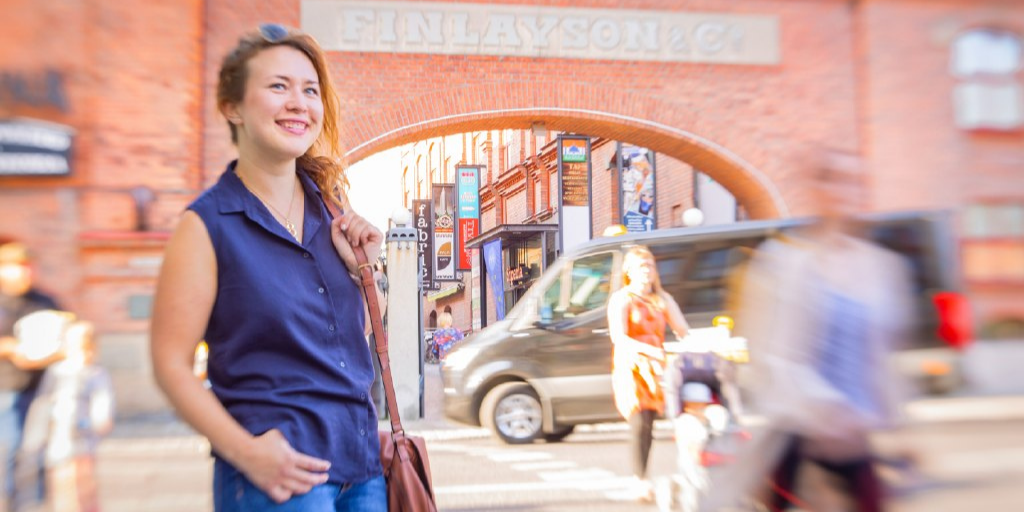City of Tampere and Tieto develop AI-IoT test solution for pedestrian traffic safety
22.11.2019
The City of Tampere, Finland and Tieto, a Nordic IT services and software company, have developed a solution to improve the urban traffic safety of pedestrians. Utilizing artificial intelligence (AI) and Internet of Things (IoT) technology, the test solution can automatically detect when a pedestrian is planning to cross the street at an intersection. An alert can be relayed to automatic traffic signs, and in the future even directly to vehicles. Furthermore, in the future, the system can also be a building block for autonomous vehicles.

Urbanization increases the number of people on the move in metropolitan areas. As road traffic increases, so does the risk of traffic accidents, especially at intersections. The risk of injury and death is especially high for pedestrians.
To increase the safety of urban traffic and prevent accidents, the City of Tampere and Tieto built a pilot solution that utilizes AI and IoT technology. Developed as a part of the Smart Tampere development program, the pilot solution can help reduce pedestrian and vehicle accidents in urban intersections. The solution is built in a way which prevents the identification of individual people or vehicles.
In Tampere, an intersection traffic camera feed was connected to a cloud-based AI system which monitors vehicles and pedestrians. When the system’s algorithms detect that a pedestrian is beginning to cross the street, it gives an alert. This alert can be relayed to other connected systems, such as automatic traffic signs. In the future, with vehicles becoming increasingly digital, the alert could be relayed directly to vehicles to alert drivers.
By enhancing existing traffic monitoring technology with artificial intelligence, we can better identify traffic accident risks, says Jari Torkkola, Program Director, Tieto Product Development Services.
“The system monitors the movements of vehicles and pedestrians, and recognizes when a pedestrian intends to cross the street. Especially in areas of limited visibility, the system can help prevent accidents.”
The results are promising. Under ideal conditions, the system achieves 99% accuracy. Even at night accuracy was high (75%).
“We had identified the most common types of accidents between vehicles and pedestrians. Using them, we built an algorithm that can predict the movement of vehicles and pedestrians on the street,” says Pekka Stenman, Traffic Engineer, City of Tampere. “The new solution has many potential uses in addition to boosting traffic safety. We already receive information about vehicle traffic, but not very much about pedestrian traffic. We want to see how people move, and perhaps construct heat maps of Tampere’s pedestrian flows to assist with traffic planning. Another interesting opportunity is introducing more intelligence to traffic lights by identifying and predicting people flows.”
“This implementation also provided one piece in the puzzle of autonomous vehicle systems. A critical question is how self-driving vehicles are able to recognize and avoid obstacles. This type of pedestrian recognition system could be an important element in the safety of autonomous vehicles in urban areas,” Jari Torkkola of Tieto continues.
The City of Tampere and Tieto pilot solution was a part of the Smart Tampere program project 6Cities City IoT.
More information:
Arto Makkonen
VP Automotive Sales, Tieto
arto.makkonen@tieto.com, +358 40 719 0615
Lasse Nurmeksela
VP Smart Cities Solutions, Tieto
lasse.nurmeksela@tieto.com, +358 40 586 2771
Pekka Stenman
Traffic Engineer, City of Tampere
pekka.stenman@tampere.fi, +358 40 163 7226
Video: Pedestrian traffic safety
